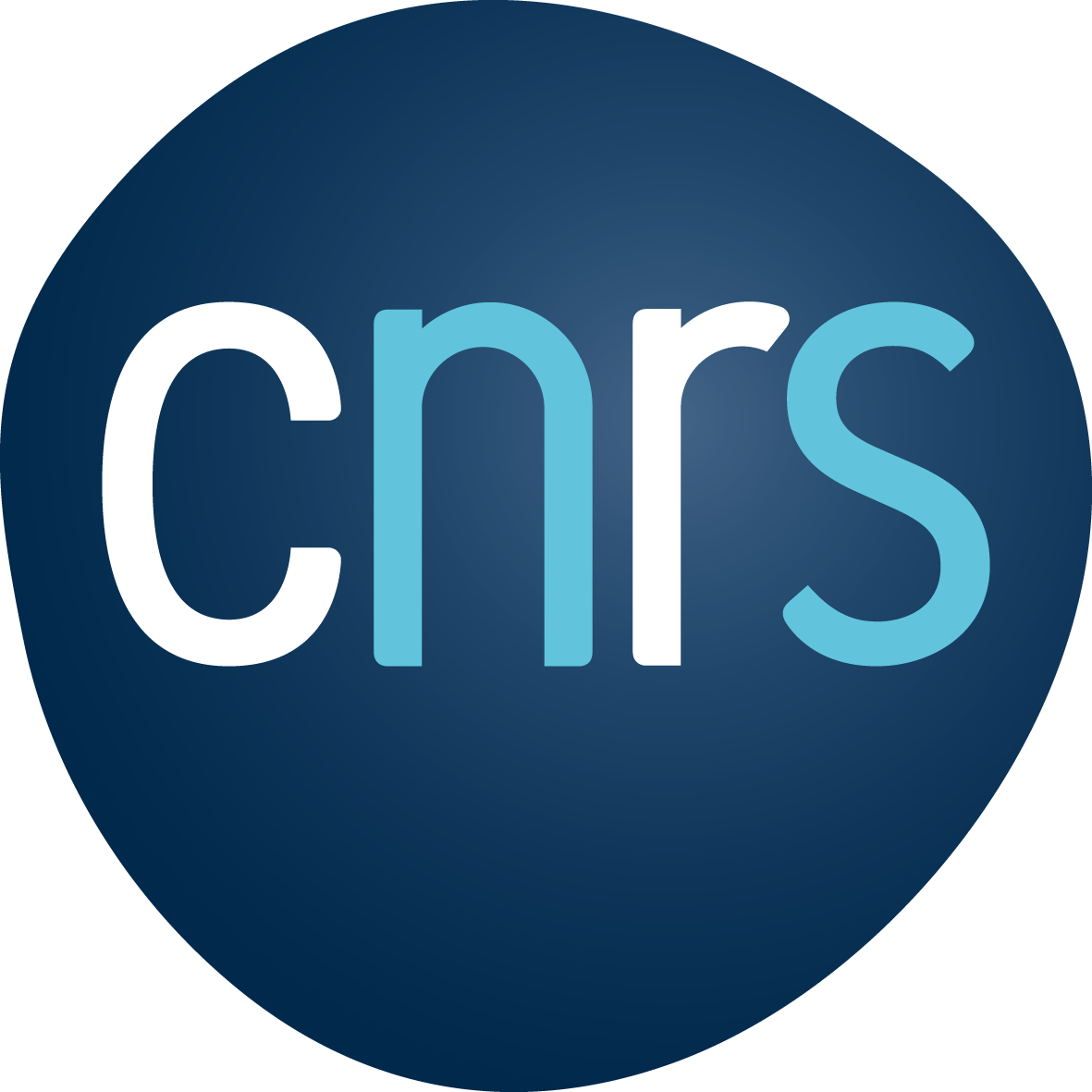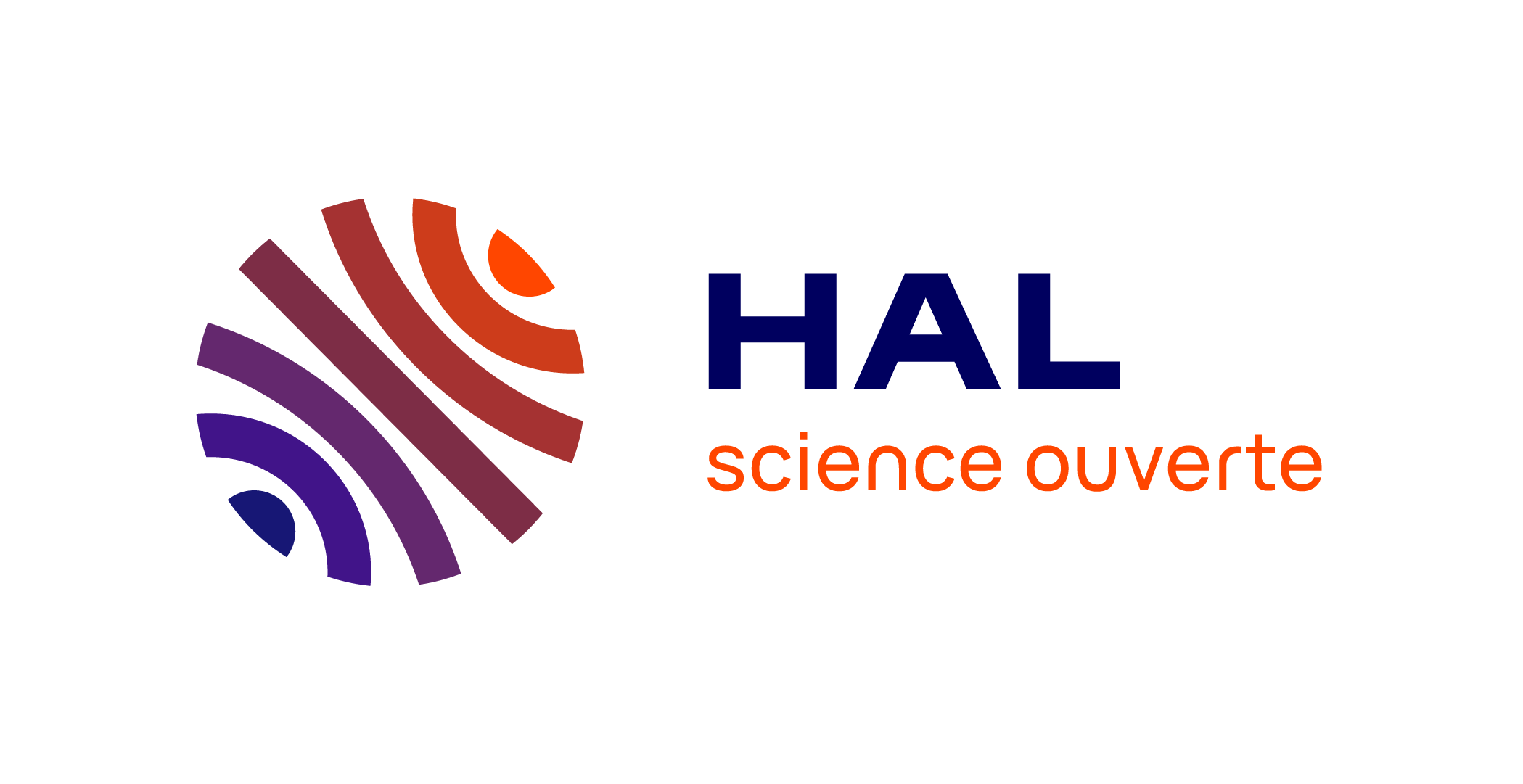Hangman's fracture: Management strategy and healing rate in a prospective multi-centre observational study of 34 patients
Résumé
Background: Hangman's fractures account for 15% to 20% of all cervical spine fractures. The grading system developed by Effendi and modified by Levine and Edwards is generally used as the basis for management decisions. Nonetheless, the optimal management remains controversial. The objective of this study was to describe the treatments used in France in patients with hangman's fractures. The complications and healing rates were analysed according to the fracture type and treatment used.
Hypothesis: Among patients with hangman's fracture, those with disc damage must be treated surgically.
Material and methods: A prospective, multi-centre, observational study was conducted under the aegis of the French Society for Spine Surgery (Société Française de Chirurgie Rachidienne, SFCR). Patients were included if they had computed tomography (CT) evidence of hangman's fracture. Follow-up data were collected prospectively. Fracture healing was assessed on CT scans obtained 3 and 12 months after the injury. The type of treatment and complications were recorded routinely.
Results: We included 34 patients. The fracture type according to Effendi modified by Levine and Edwards was I in 68% of patients, II in 29% of patients, and III in a single patient (3%). The treatment was non-operative in 21 (62%) patients and surgical in 11 (32%). All 28 patients re-evaluated after 1 year had evidence of fracture healing. The remaining 6 patients were lost to follow-up.
Conclusion: Hangman's fracture is associated with low rates of mortality and neurological complications. Non-operative treatment is appropriate in Type I hangman's fracture, with a 100% healing rate in our study. Types II and III are characterised by damage to the ligaments and discs requiring either anterior C2-C3 fusion or posterior C1-C3 screw fixation.
Origine : Fichiers produits par l'(les) auteur(s)
Loading...


